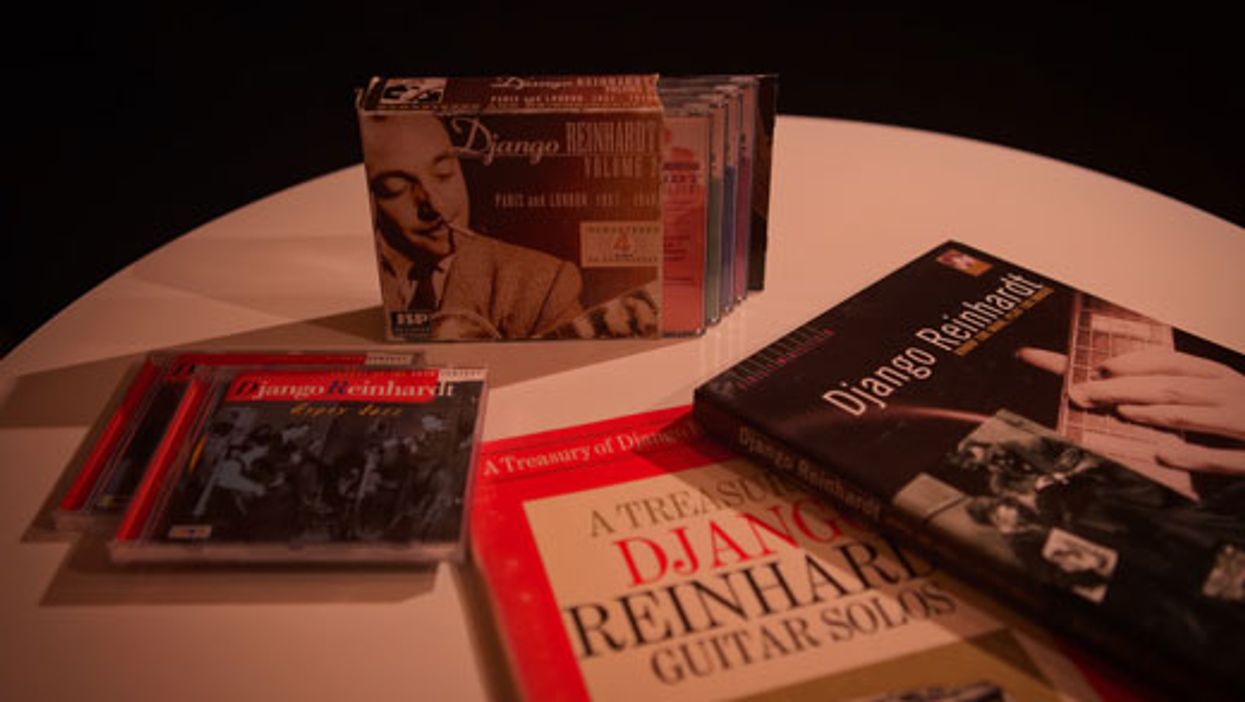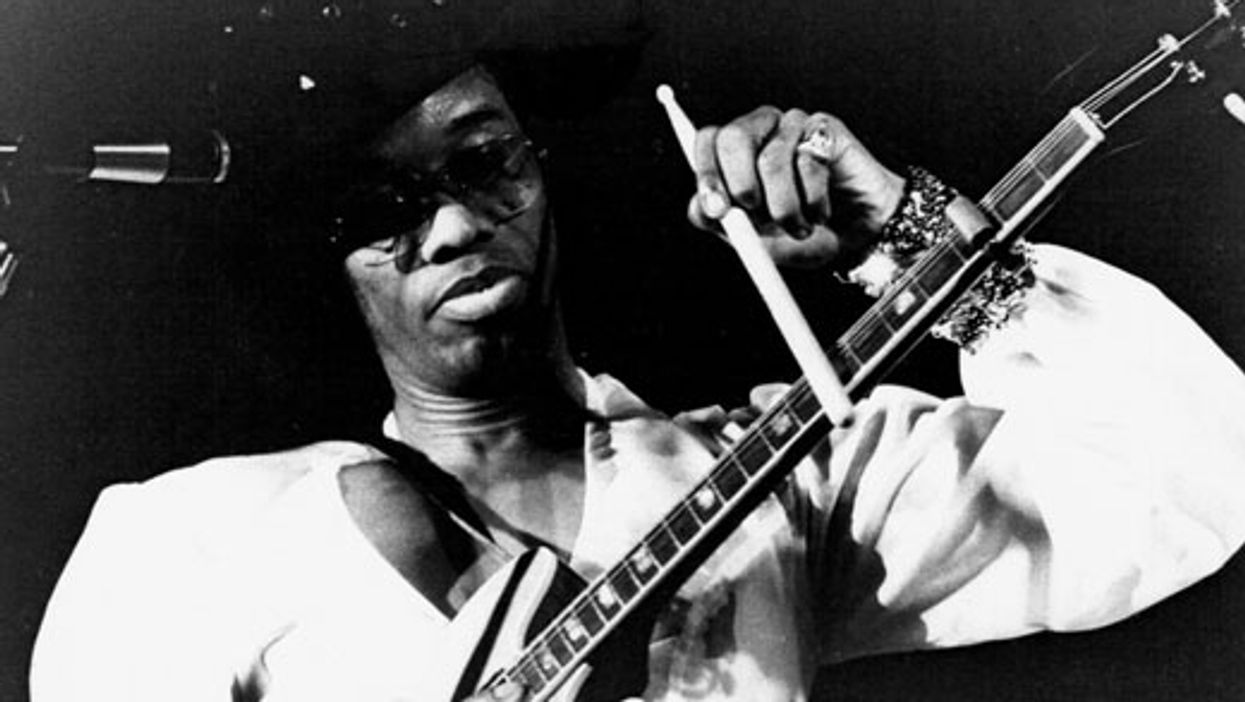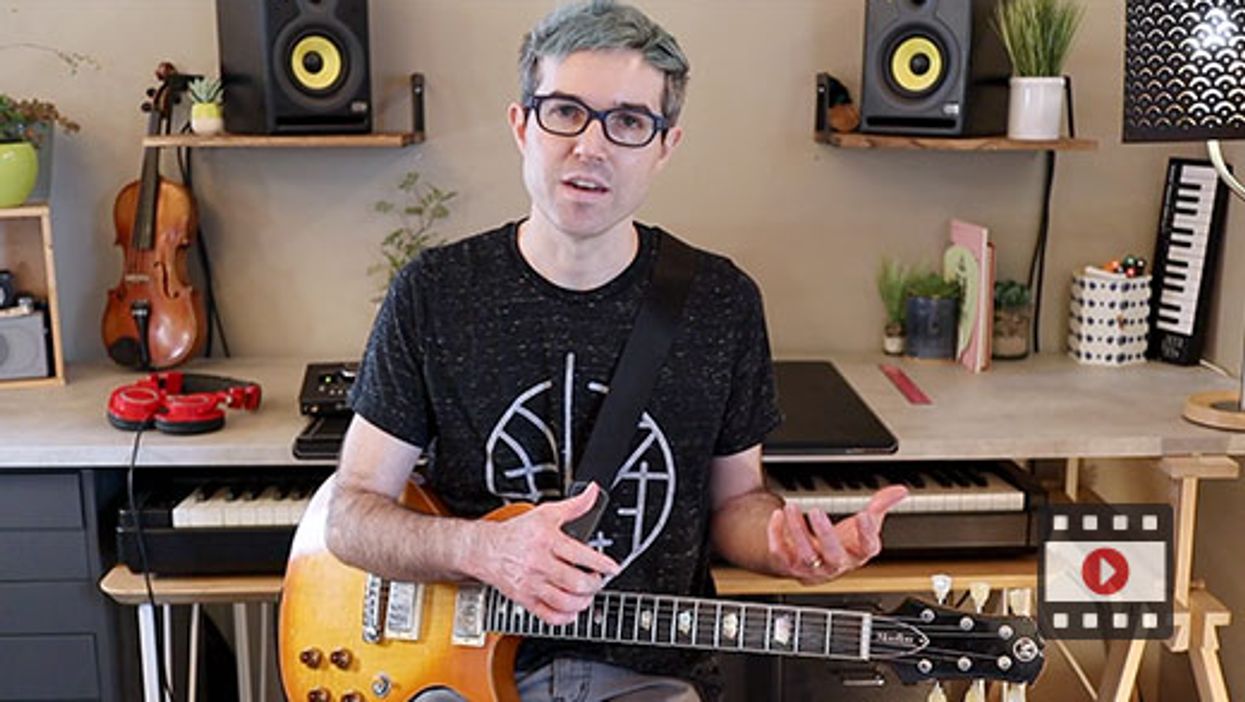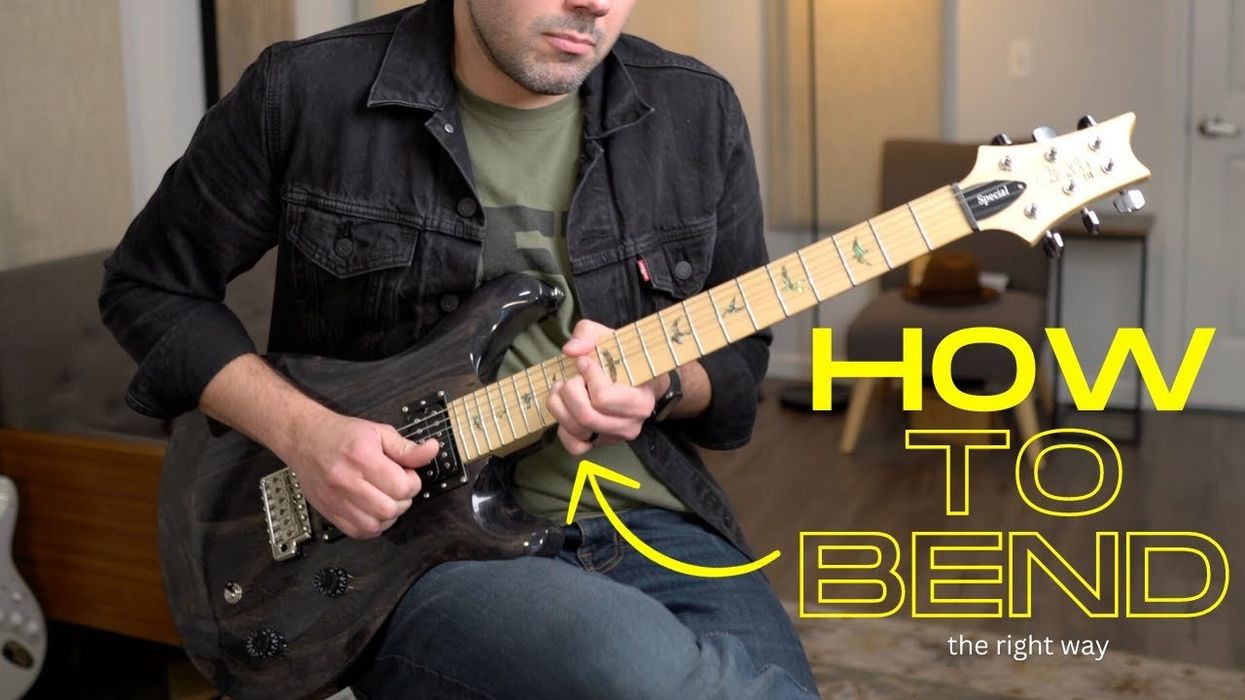What is a Parallel Blues Scale?
It’s simpler than you think. When you have a major and minor scale that shares the same root it creates a parallel relationship between them. Whether you’re integrating the two scales within the same phrase, or playing one right after the other, this approach will allow you to “say” more than if you only used one scale.
Each scale, chord, and arpeggio can be boiled down to a numerical formula that tells you how to alter a major scale to get a specific sound. A major blues scale formula is 1–2–b3–3–5–6. You could also think of this as a major pentatonic scale with a b3.
The minor version of the blues scale is 1–b3–4–b5–5–b7. Here, we are taking our standard minor pentatonic shape and adding a b5.
Here’s the General Rule
When the key is major, we can use major and minor blues scales based off the same root. For example, over a G7 chord we could bust out both the G major blues scale (G–A–Bb–B–D–E) and the G minor blues scale (G–Bb–C–Db–D–F).
As a guitarist, it’s imperative to know both forms intimately. If you listen to the greats such as Jeff Beck, Jimmy Page, Eric Clapton, Pat Martino, George Benson, or Grant Green, you’ll hear that they weave in and out of both tonalities seamlessly.
The Parallel Approach
In Ex. 1 I outline both scales starting with the major and then the minor. Let’s break this down a bit more. Both scales share three common notes (G, Bb, and D). That leaves six notes that are unique to each scale. The 2, 3, and 6 really solidify the sound of a major tonality. On the other hand, the b5 and b7 are defining notes in the minor blues scale. These notes are what shapes the music that is built upon these scales.
The following examples use only major and minor blues scales, unadorned with outside notes or other scales, played over G7. As you’ll see, with good phrasing and rhythm there’s a lot you can do with just the two scales. In Ex. 2 I start nice and easy with a major-sounding blues run. Even by staying entirely within the scale you can take liberties and emphasize colorful chord tones on strong beats. For example, I kick it off with the 9 (A) on beat 1. In the next measure I start on the 13 (E) before drilling that b3–2 sound on beat 2.
Ex. 3 contains a fragment of the minor blues scale. I’ve been working on playing repeated four-note patterns through different rhythmic ideas. Here, I’m doing a four-note shape through sextuplets, or 16th-note triplets. As you work up the speed it can become very shreddy.
Next, let’s look at how you can blend the scales together. In Ex. 4 I primarily use the minor version, but a few notes from the major blues scale creep in, notably A and E. It definitely gives the line a Dorian vibe.
Just playing endless eighth- or 16th-notes can be tiresome, so adding more interest in the phrasing helps a lot. Ex. 5 starts in major but descends the minor pattern. Plus, the syncopation and rhythm make it pop a bit more.
There’s still a place for chromaticism—when used right. In Ex. 6 chromatic elements of both scales are combined so much that the tonality is a bit obscured. You can totally hear the blurred line between major and minor here.
Ex. 7 is a sweet country-style lick. This example sounds major overall, but there are colors of the minor blues scale with the addition of F and Db.
You can cover quite a bit of ground with Ex. 8. The line begins with an ascending major blues scale run, followed by hybrid chromatic notes within the quintuplets. The chromatic elements of both scales combined add color and again obscures the tonality, making for an exciting line!
Ex. 9 begins in major, then switches to minor on beat 2. Notice the extended chromatic line which is a popular melodic blues phrase. It starts from the b3 and moves chromatically up to the 5.
Our final example (Ex. 10) starts with a major blues idea followed by minor blues phrase with the entrance of the quintuplets. The opening chromatic line, sweeps, and the quintuplets make it pretty challenging.
It’s imperative to have the blues scales in your arsenal, both intellectually and technically. As guitarists, we keep adding new concepts to material we already know. The saying rings true: “What’s old is new again.” Until next time, happy shredding and enjoy the journey!
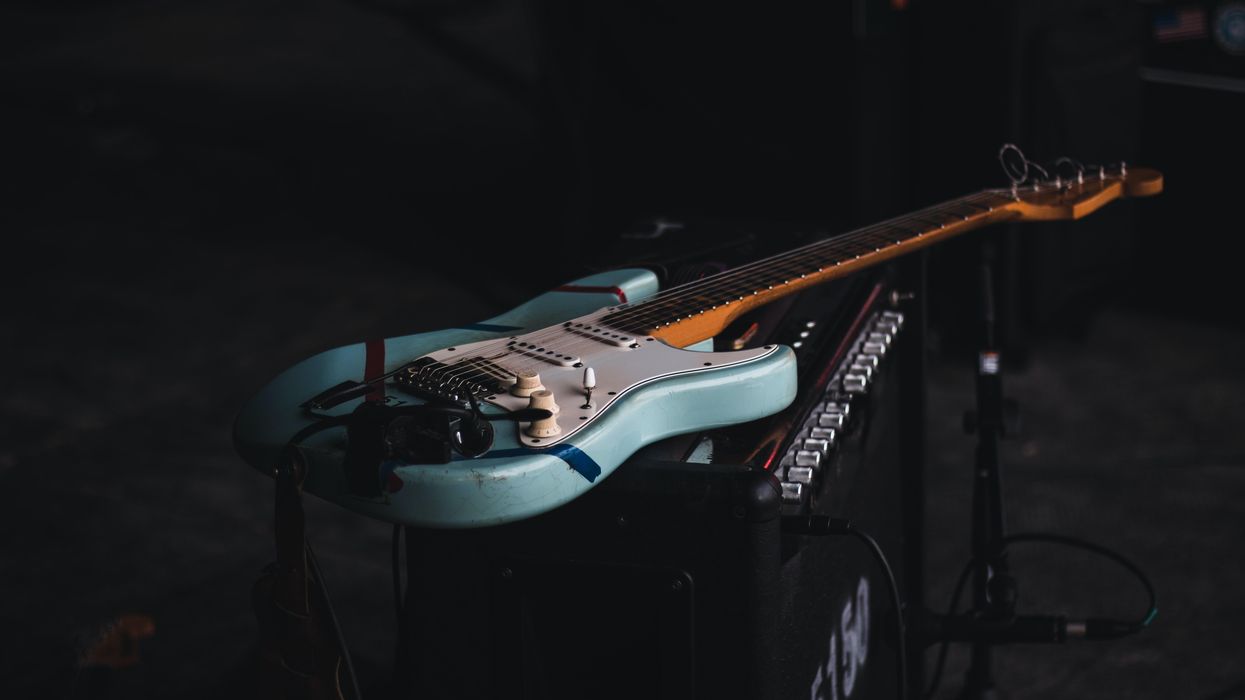
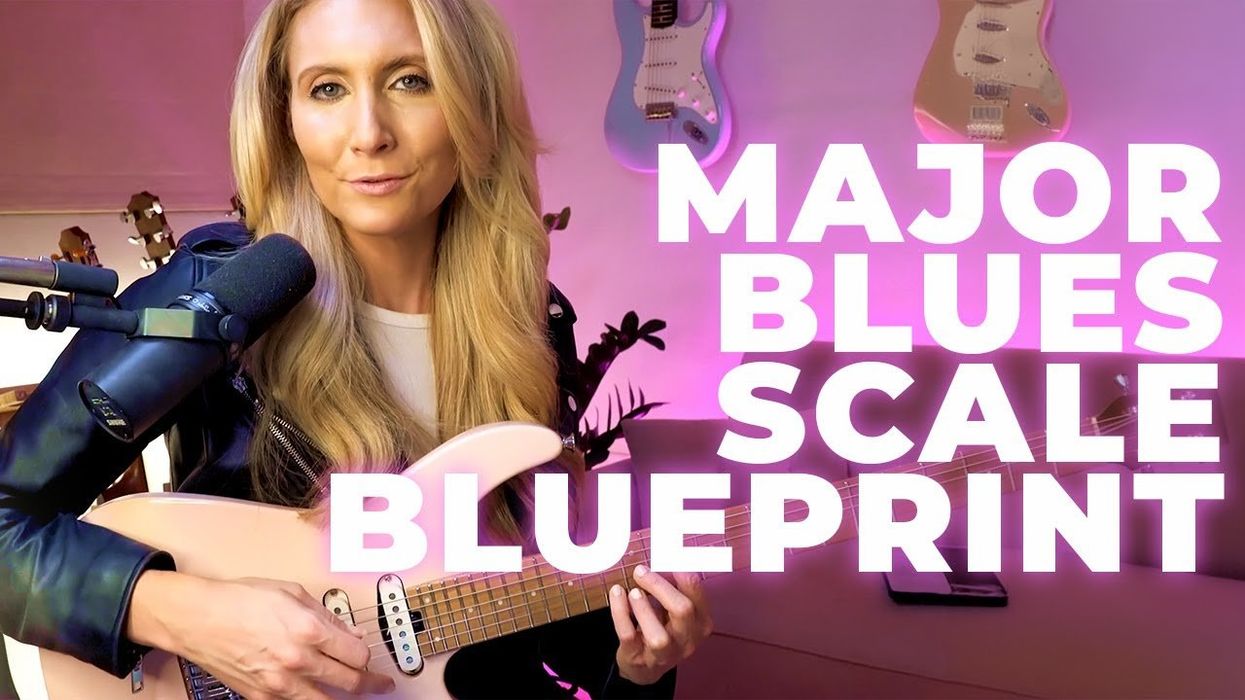

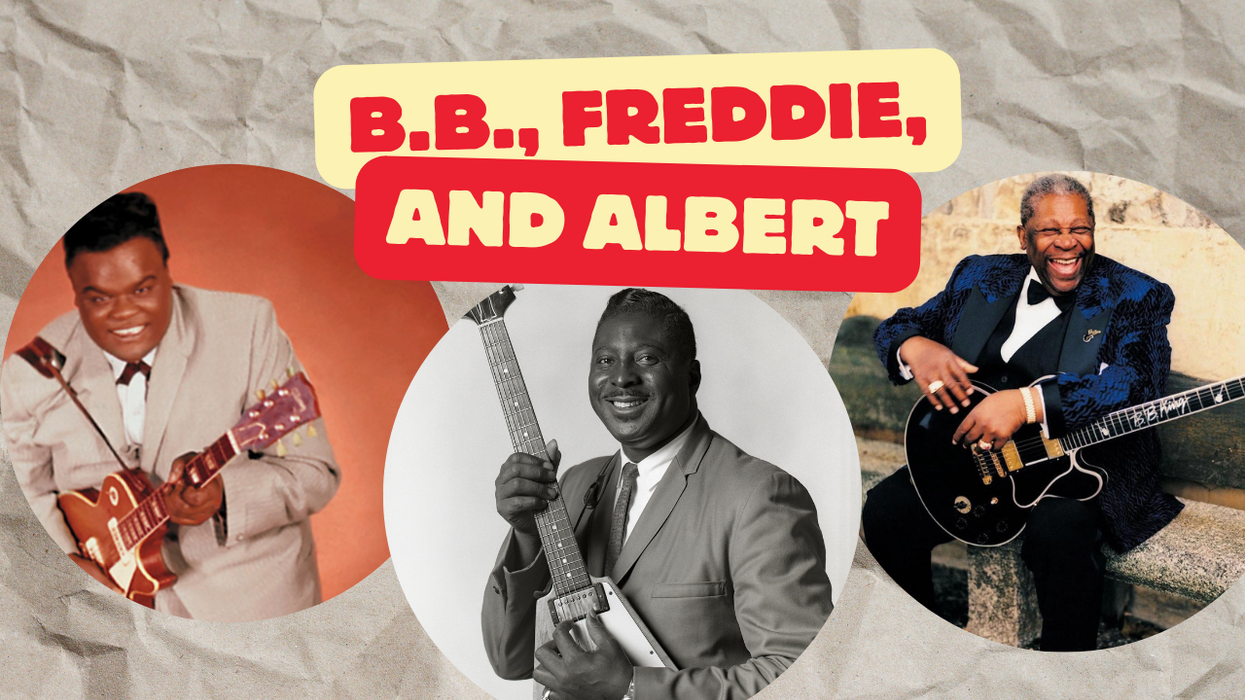

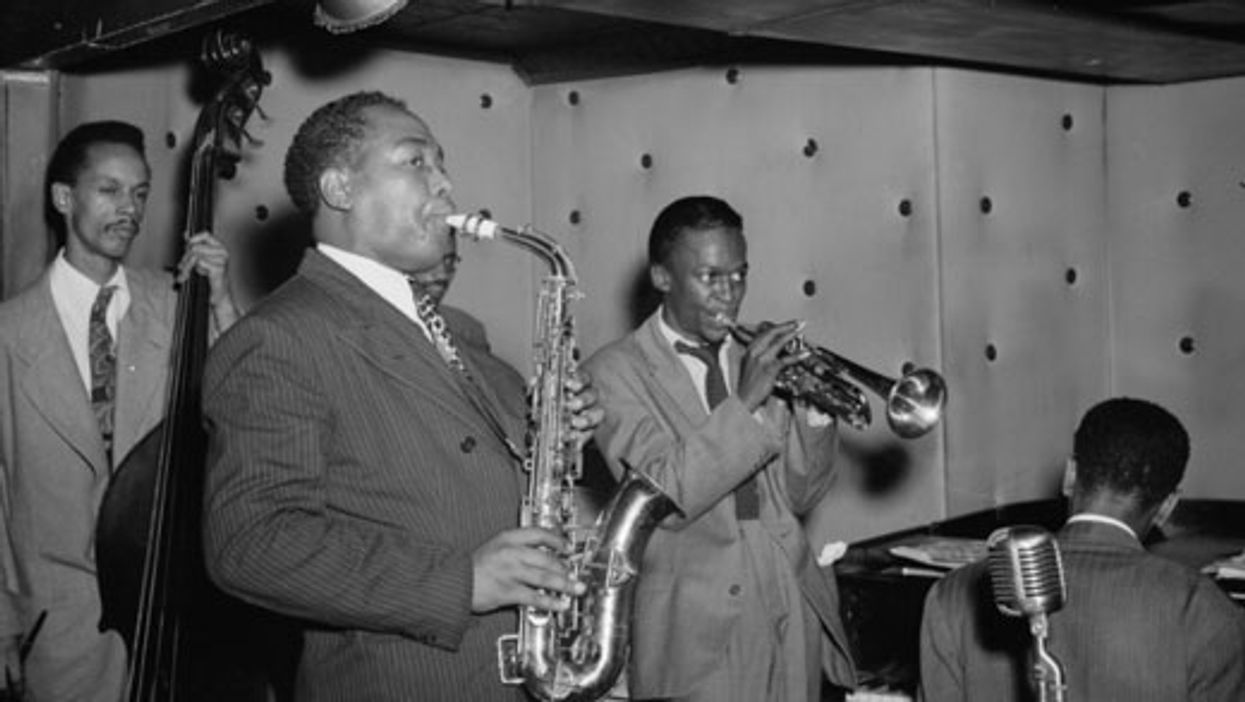
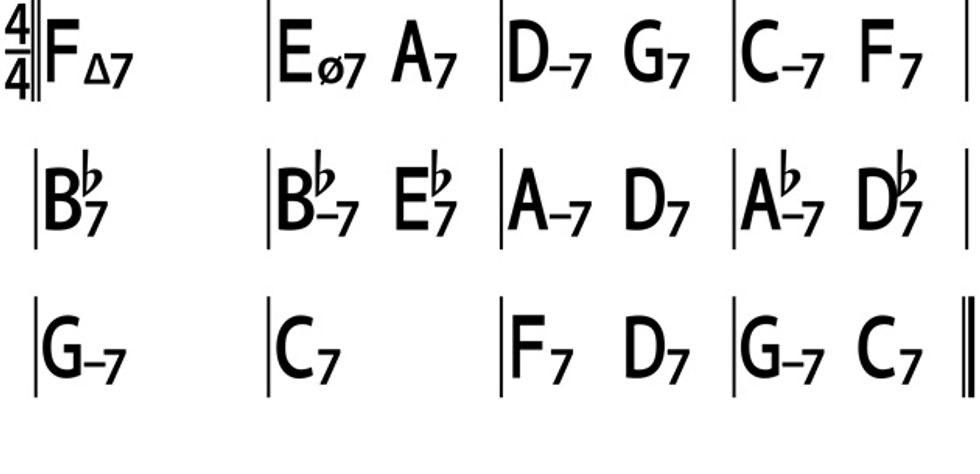

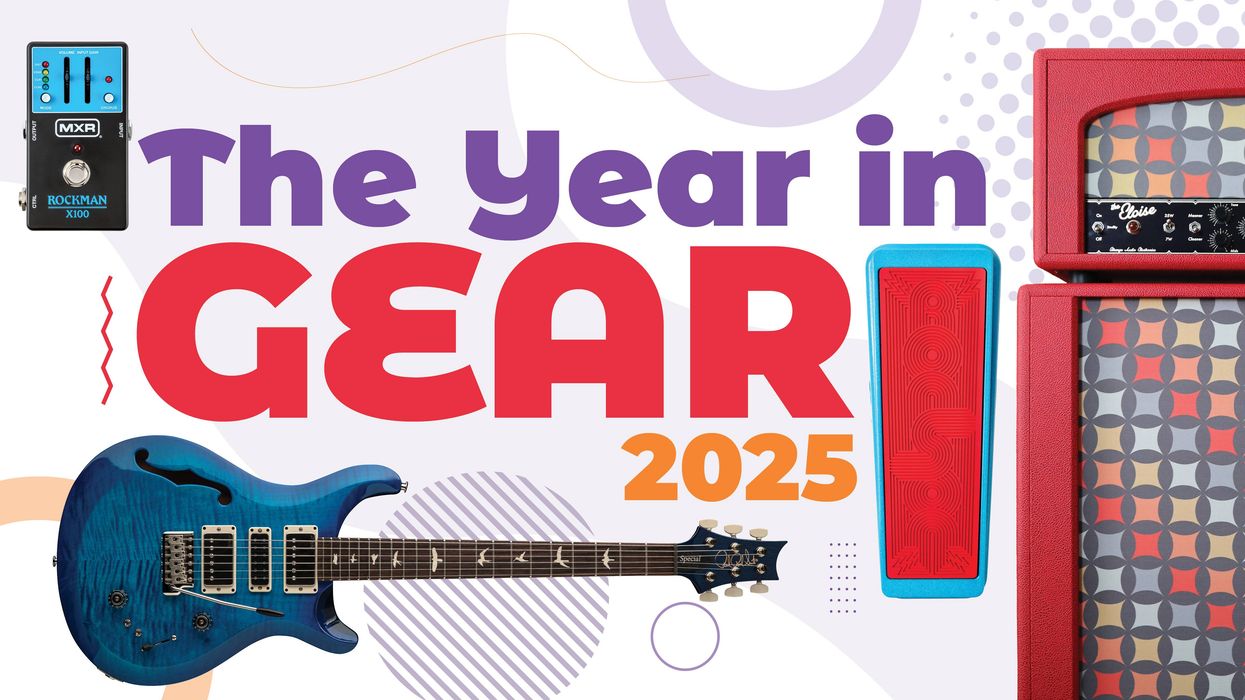
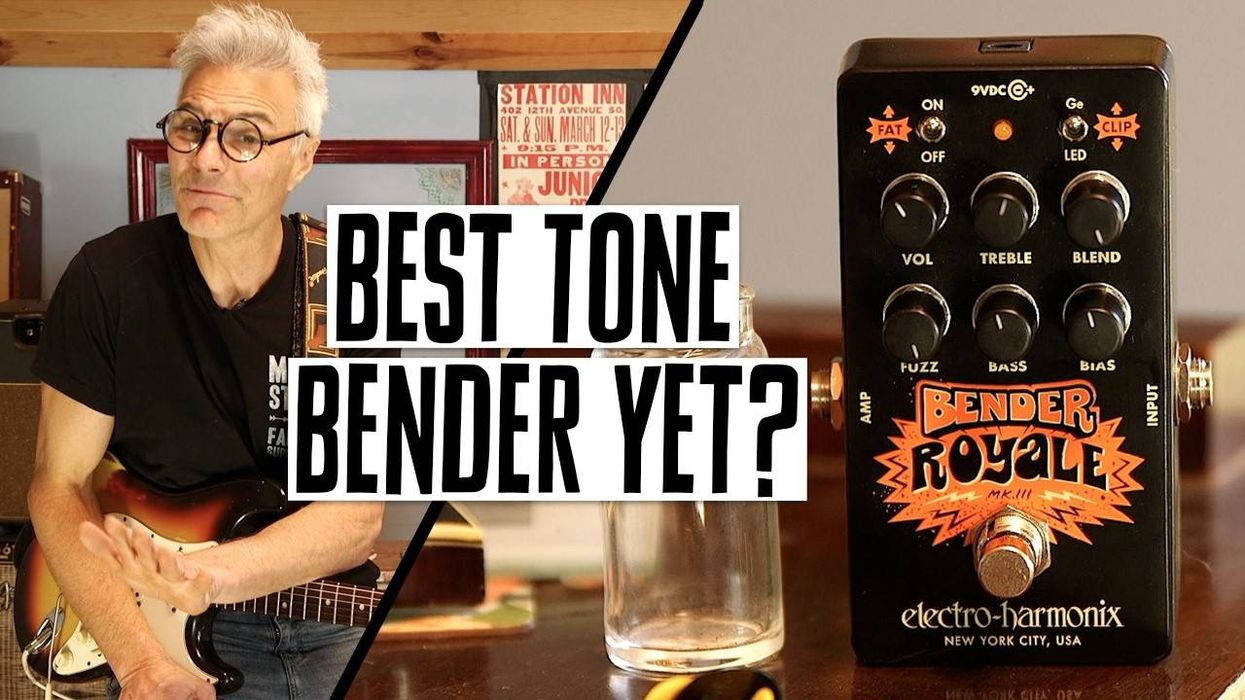
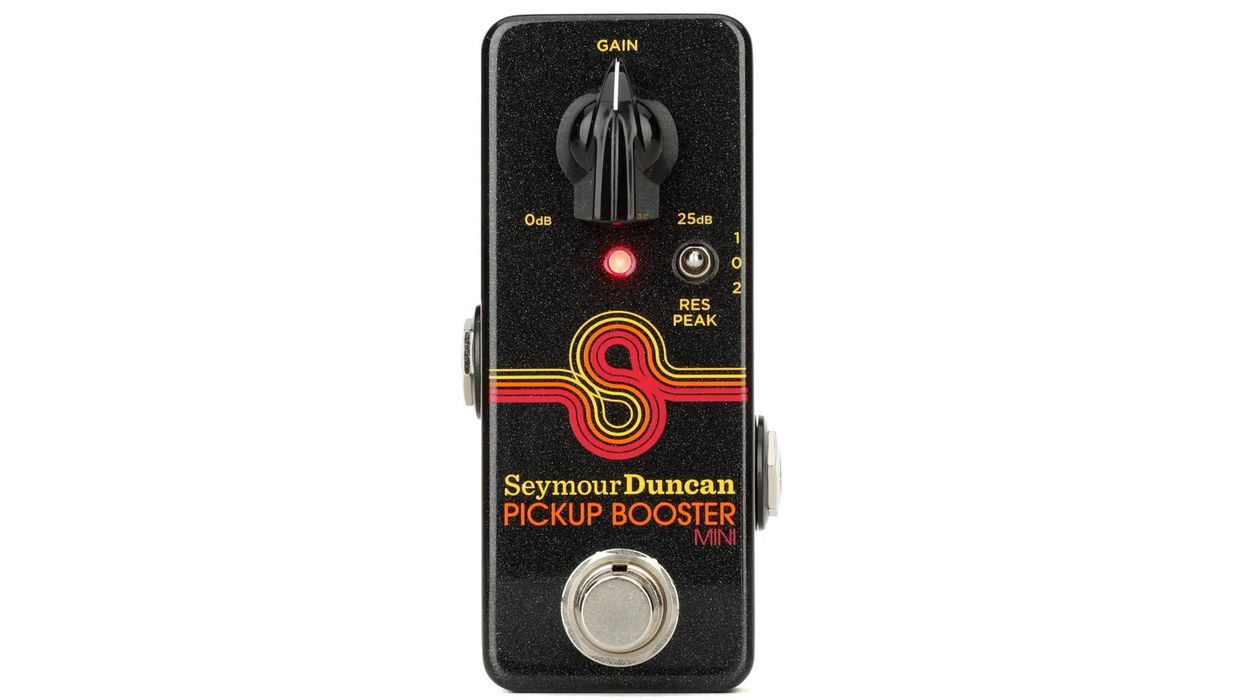
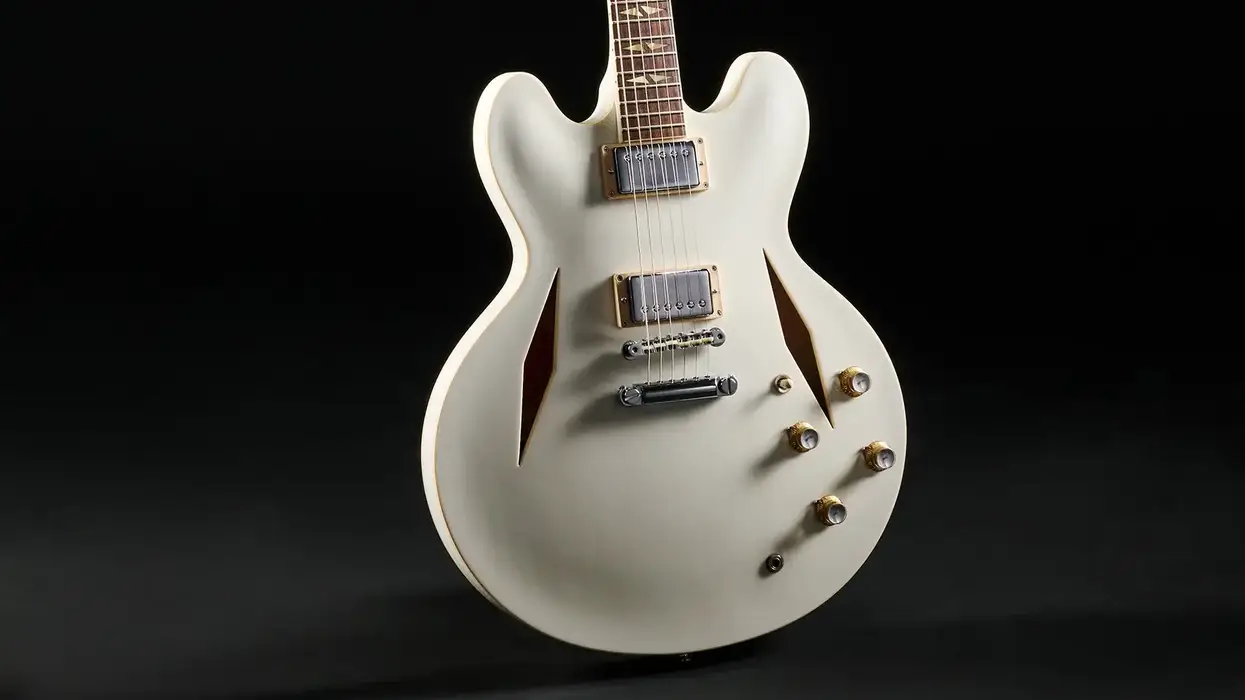
![Rig Rundown: AFI [2025]](https://www.premierguitar.com/media-library/youtube.jpg?id=62064741&width=1245&height=700&quality=70&coordinates=0%2C0%2C0%2C0)
